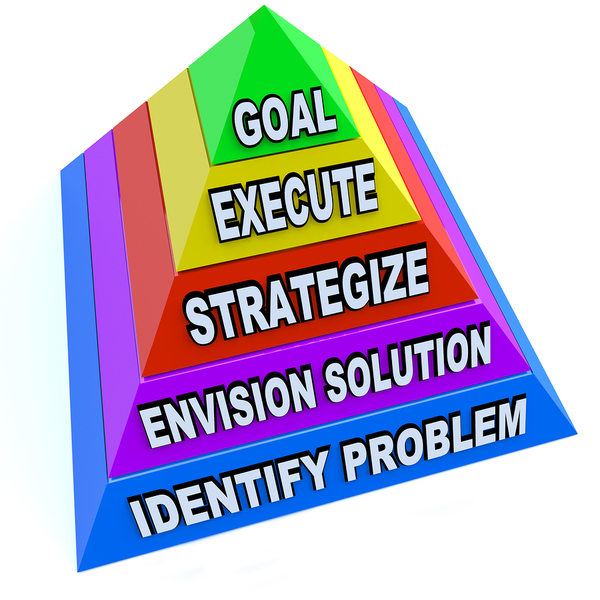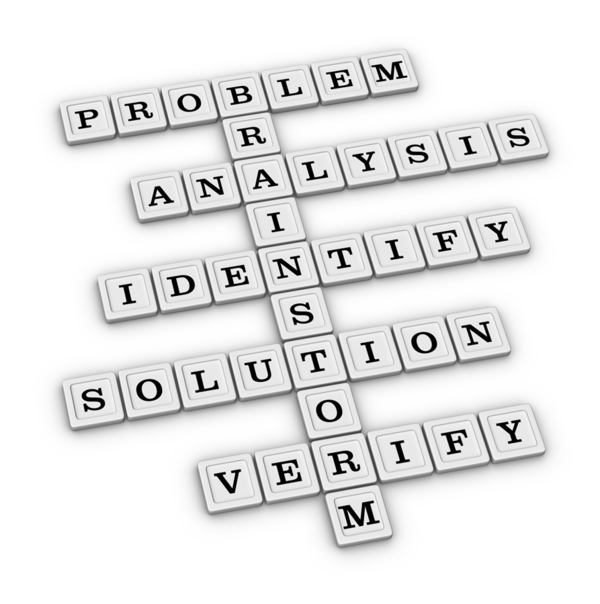
As you work through your plan to improve your company—whether by increasing customer satisfaction, implementing or upgrading an ERP system, or transitioning to a managed IT platform or a next-generation back-office—problems will inevitably arise.
Before you can fix them, however, you first have to identify them as problems and more importantly make the decision to eliminate them.
That seems fairly obvious, doesn’t it? But the fact is that many people and organizations, upon identifying problems, decide that the effort isn’t worth the expected reward, or they acknowledge the end result might be worth the effort but still opt to let the problem stand.
In some cases, they may:
- Feel the best course of action is to hide the problem from the company or the public. The existing perception that all is well is enough for them and so they believe they can safely ignore the problem.
- Need their public personas to be unblemished by any problems no matter how fixable.
- Find the anxiety caused by considering the problem too much to handle, and so ignore it (perhaps in the belief that it will somehow go away on its own).
However, in all of these cases “out of sight, out of mind” (or at least public awareness) is a tactic doomed to failure. Problems, like plumbing leaks, don’t fix themselves and will likely only get worse, or the fix more expensive, the longer they are left unattended to.
Yes, identifying a problem and deciding to fix it is a stressful endeavor. The solution may require major changes to your company or disruptions in the way you do business.
But consider that many problems are actually opportunities to improve your company, streamline operations, reduce costs, gain market share, etc. The more pressing the problem, the more opportunity for gains. If your customer satisfaction levels are at all-time lows or your IT department costs getting out of hand, the solution(s) may not be simple or easy, but the improvements to your company will be dramatic.
Additionally, the resolution to fix your problem(s) might also be the tipping point for other departments to make their own resolutions. If you take point on bringing problems into the light it can make it easier for others to do the same. Problems which may have delayed or even derailed company improvements can be dealt with in addition to your original goals. The result is a stronger company overall.
However, it’s important to be very specific about what your problem/s is/are. It’s not uncommon that “one” big problem is actually composed of several smaller problems each requiring a different solution and each presenting a drain on your commitment to effecting change.
In these cases, it may be best to start with the smallest, easiest problem to get a sense of accomplishment and develop a process for implementing solutions.
Of course, some people confuse big problems that require major engagement with little problems which require simple solutions and limited attention. Knowing which is crucial to maintaining progress towards your goals.
The more you specify the easier it is to determine the true problem and find the best solution.
Also remember, causes are not problems. Losing customers is a cause. Why you lose customers is the problem or, more likely, the problems.
Identifying and determining to solve problems can be likened to following clues in a treasure hunt. The more problems you identify and solve, the closer you are to striking it rich.

Problems are not meant to be lived with. They are meant to be—they must be—solved. Failure to do so hamstrings a company with an internal belief it is incapable of becoming better.
Identifying problems and consistently resolving to solve them imbues a company with the attitude that no problem is insurmountable whether it be transitioning to a new ERP system or a managed IT provider, making customer satisfaction a priority.
